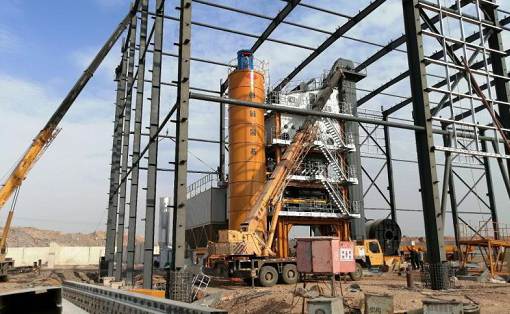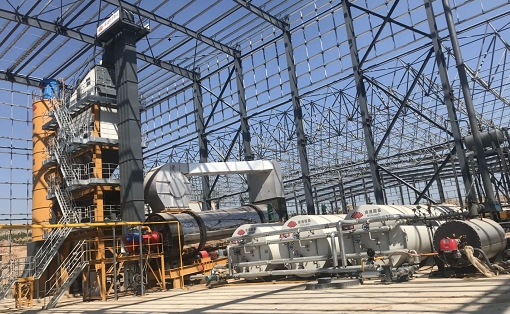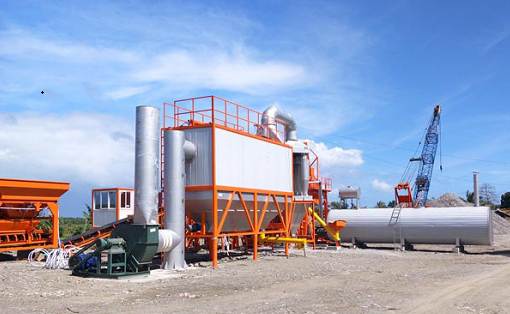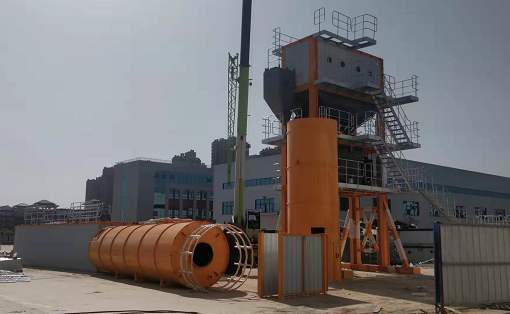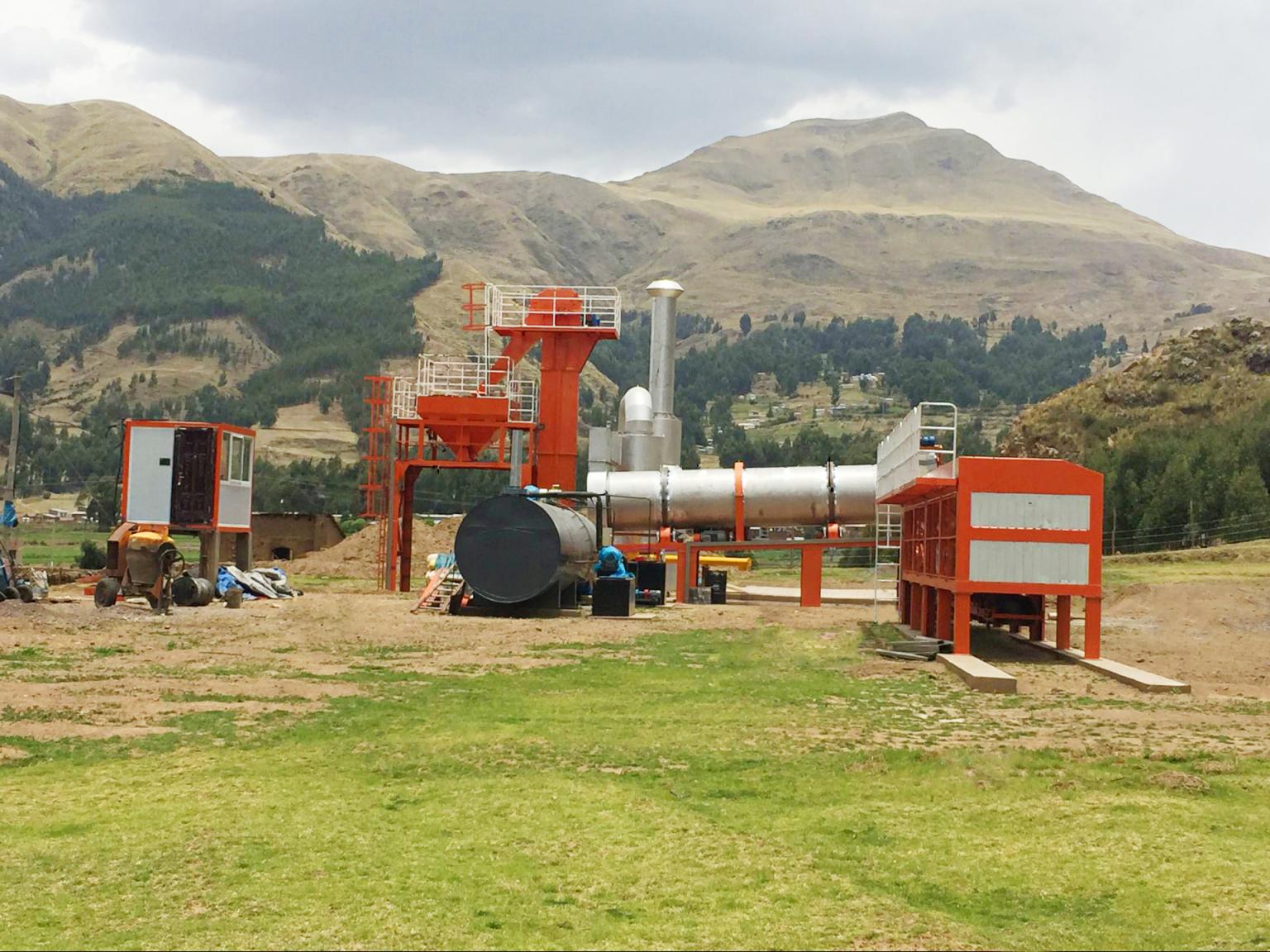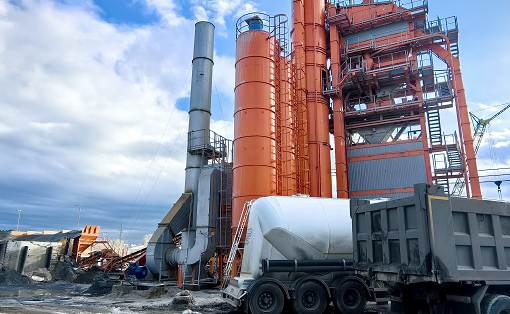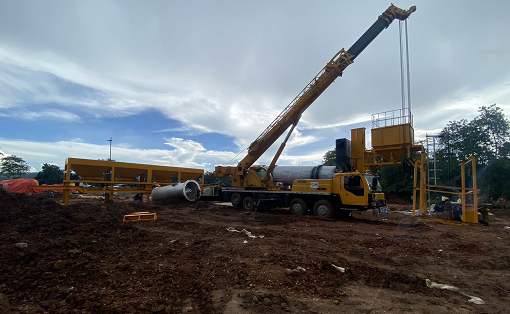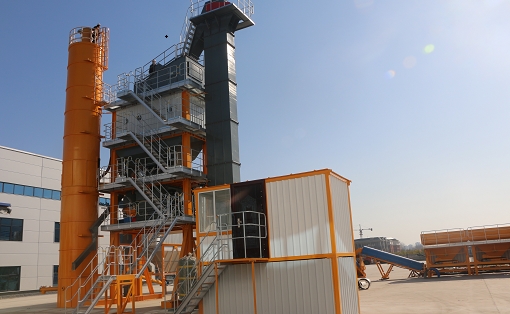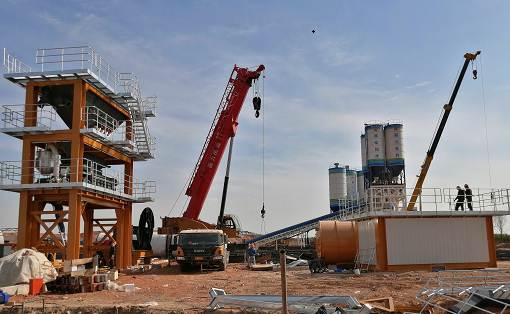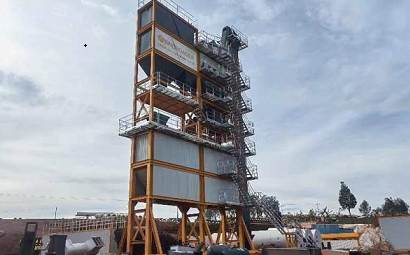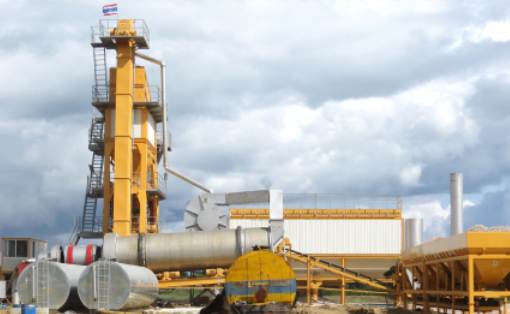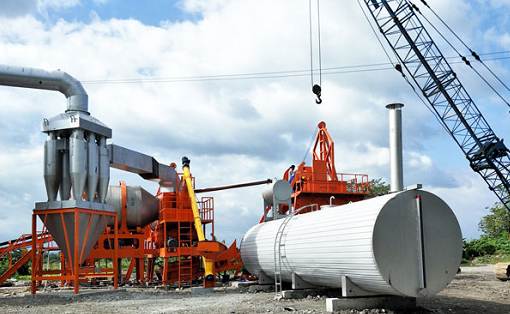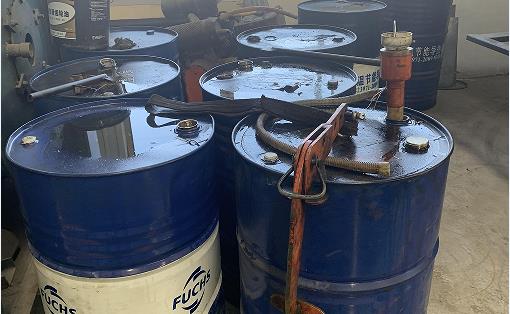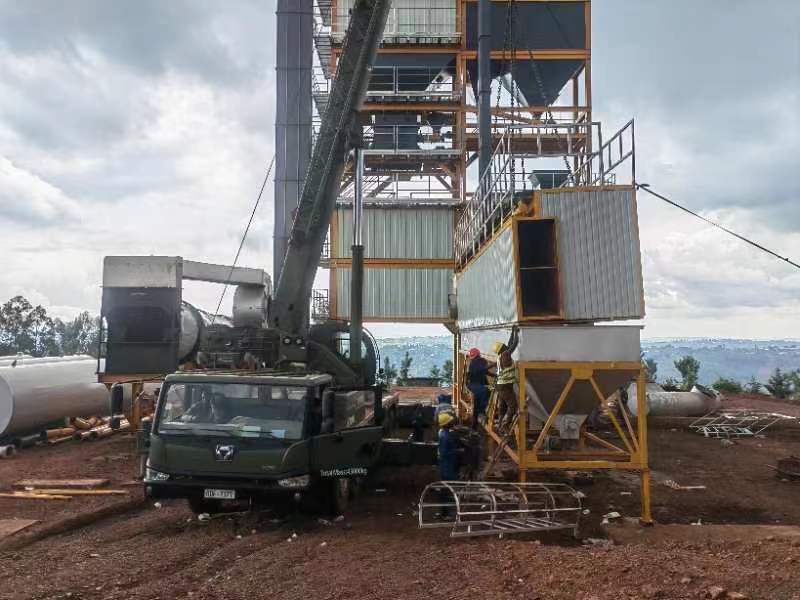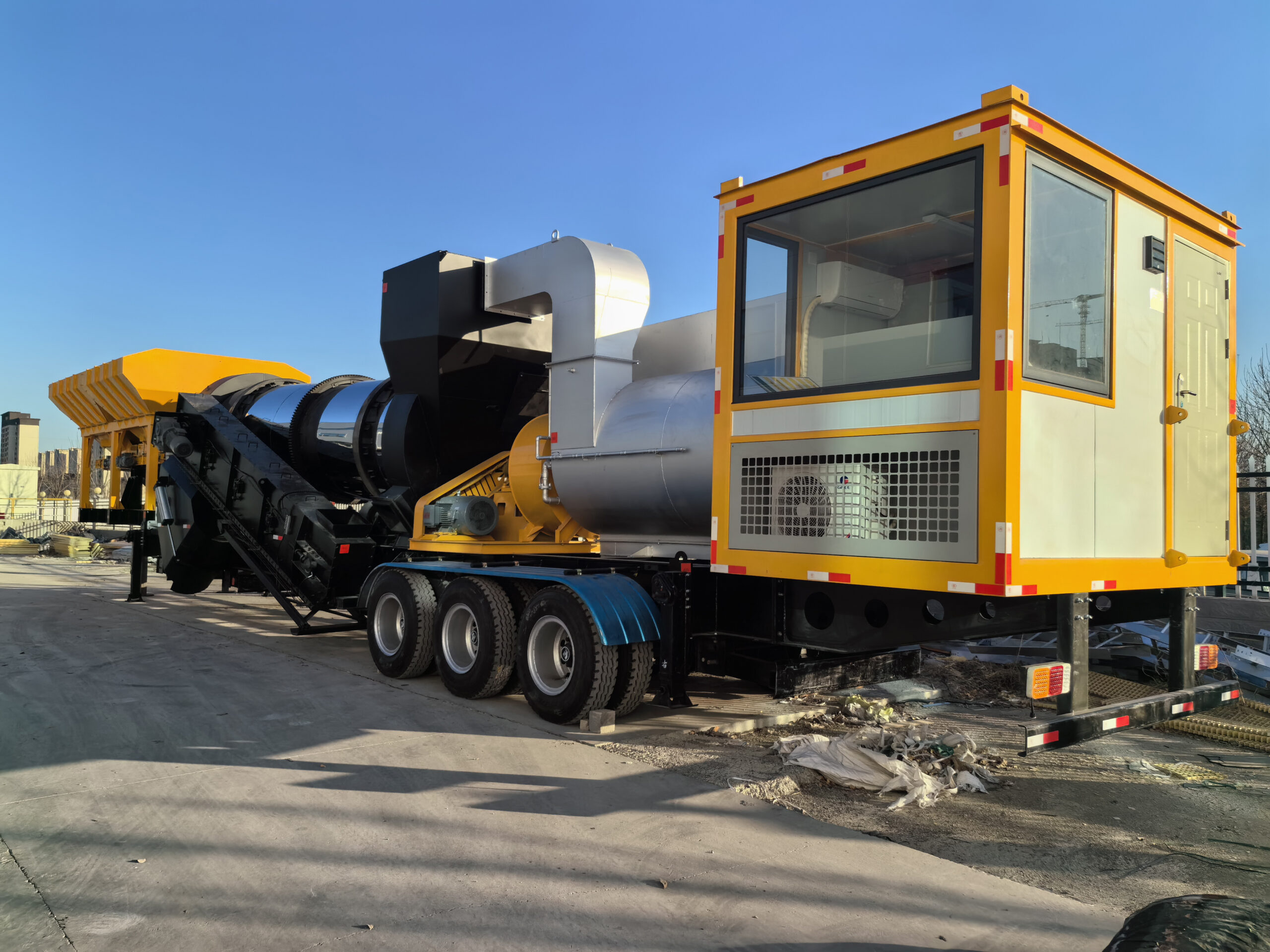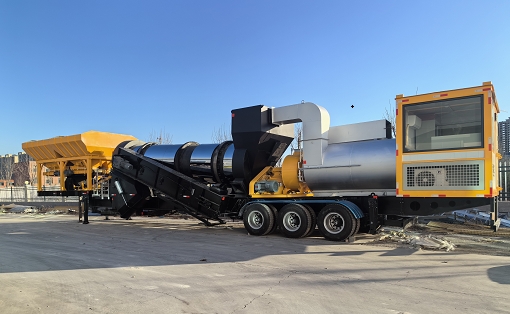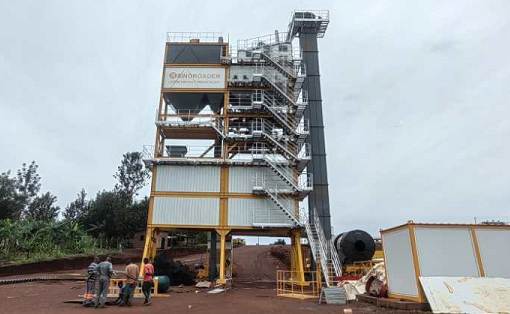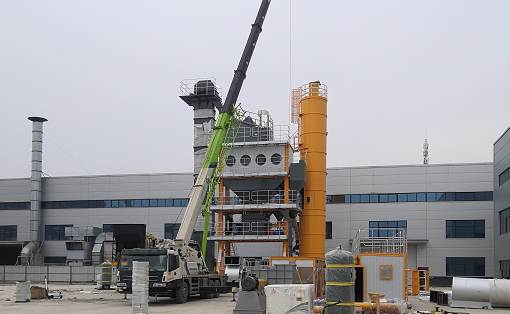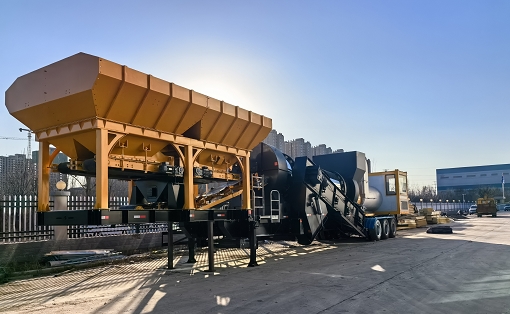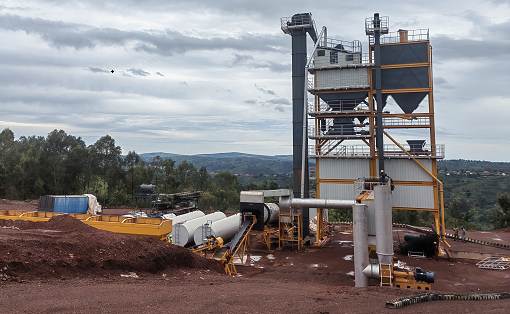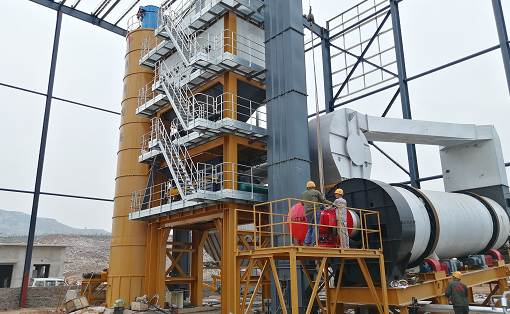What is the role of the plug valve in the asphalt mixing plant?
Asphalt mixing plant is a relatively important complete set of equipment in people’s lives. There are many components of this equipment, such as grading machine, vibrating screen, belt feeder, powder conveyor, elevator and other parts. Plug valve is one of them, so what is the specific role of plug valve in asphalt mixing plant? This article will give a brief introduction.
The plug valve is first of all a closure or plunger-shaped rotary valve. Generally, it is necessary to rotate 90 degrees to make the channel opening on the valve plug the same as that on the valve body, or to split it to play the role of opening or closing. The shape of the plug valve in the asphalt mixing plant is generally cylindrical or conical.
Asphalt mixing plant is a relatively important complete set of equipment in people’s lives. There are many components of this equipment, such as grading machine, vibrating screen, belt feeder, powder conveyor, elevator and other parts. Plug valve is one of them, so what is the specific role of plug valve in asphalt mixing plant? This article will give a brief introduction.
The plug valve is first of all a closure or plunger-shaped rotary valve. Generally, it is necessary to rotate 90 degrees to make the channel opening on the valve plug the same as that on the valve body, or to split it to play the role of opening or closing. The shape of the plug valve in the asphalt mixing plant is generally cylindrical or conical.
If the user sees that the channel is rectangular in the asphalt mixing plant, it is generally in the cylindrical valve plug. If it is a trapezoidal channel, it is a conical valve plug. For the plug valve, different structures are to make its structure light. The main function is to block or connect the medium. Another use is the use of diversion.
The plug valve is quick and easy to operate in the asphalt mixing plant, so there will be no problems with frequent operation. The plug valve also has other advantages, such as small fluid resistance, simple structure, easy maintenance, good sealing performance, no vibration, low noise, etc. The use of the plug valve in the asphalt mixing plant has no constraints on the direction, so it is very clever to use it in the equipment.

